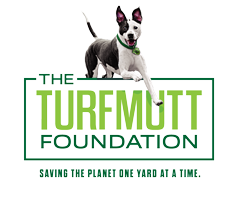Latest Posts
- Have a purpose when backyardingAugust 5 2021
- Study: Time outside alters our microbiomeAugust 4 2021
- Happy National Mutt Day from Mo-MoJuly 27 2021
- New home? Avoid these common mistakes in your yard.July 26 2021
- Infographic: Plan a backyard staycation this summerJuly 22 2021
Categories
Archive
August 11th
Capture Water Runoff
Lawns do an excellent job of capturing water runoff and lessening dust and particulate matter pollution, versus alternatives such as hard surfaces, mulched areas and impervious or bare surfaces. According to a Council for Agricultural Science and Technology (CAST) 2006 Publication, turfgrass not only decreases dust emissions, but for controlling soil erosion, a live, functioning grass […]
August 11th
Boost Your Oxygen Footprint
Turfgrass can boost your oxygen footprint. Compared to bare ground, non-green areas, and lawn substitutes, such as painted concrete or even artificial turf, actual grass and green areas generate oxygen. For example, a turf area 50′ x 50′ produces enough oxygen to meet the everyday needs of a family of four and each acre of […]
August 11th
Carbon Sinks
Properly managed turf areas are significant carbon sinks. When kept in a growing state, carbon sequestration in turf areas can range anywhere from four to seven times the carbon emissions, according to a report, Technical Assessment of the Carbon Sequestration Potential of Managed Turfgrass in the United States by Dr. Ranajit (Ron) Sahu.
August 11th
The “Heat Island” Effect
Turfgrass lessens the “heat island” effect, especially in urban areas. Urban areas generally have higher temperatures than surrounding rural areas, well known as the urban “heat island” effect. The Environmental Protection Agency (EPA) states that “the annual mean air temperature of a city with 1 million people or more can be 1.8–5.4°F (1–3°C) warmer than […]





